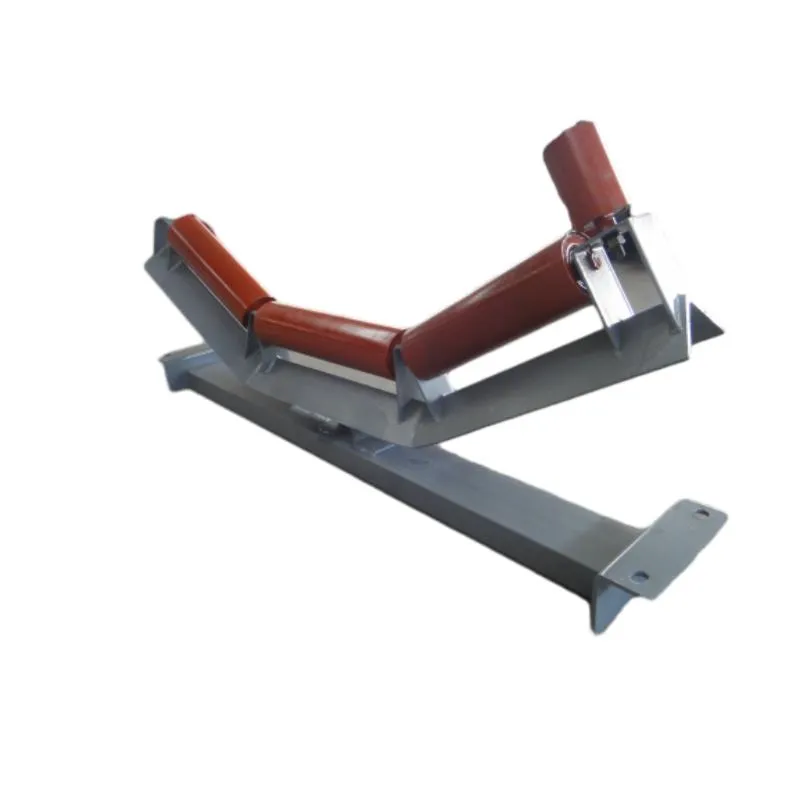 Afrikaans
Afrikaans  Albanian
Albanian  Amharic
Amharic  Arabic
Arabic  Armenian
Armenian  Azerbaijani
Azerbaijani  Basque
Basque  Belarusian
Belarusian  Bengali
Bengali  Bosnian
Bosnian  Bulgarian
Bulgarian  Catalan
Catalan  Cebuano
Cebuano  Corsican
Corsican  Croatian
Croatian  Czech
Czech  Danish
Danish  Dutch
Dutch  English
English  Esperanto
Esperanto  Estonian
Estonian  Finnish
Finnish  French
French  Frisian
Frisian  Galician
Galician  Georgian
Georgian  German
German  Greek
Greek  Gujarati
Gujarati  Haitian Creole
Haitian Creole  hausa
hausa  hawaiian
hawaiian  Hebrew
Hebrew  Hindi
Hindi  Miao
Miao  Hungarian
Hungarian  Icelandic
Icelandic  igbo
igbo  Indonesian
Indonesian  irish
irish  Italian
Italian  Japanese
Japanese  Javanese
Javanese  Kannada
Kannada  kazakh
kazakh  Khmer
Khmer  Rwandese
Rwandese  Korean
Korean  Kurdish
Kurdish  Kyrgyz
Kyrgyz  Lao
Lao  Latin
Latin  Latvian
Latvian  Lithuanian
Lithuanian  Luxembourgish
Luxembourgish  Macedonian
Macedonian  Malgashi
Malgashi  Malay
Malay  Malayalam
Malayalam  Maltese
Maltese  Maori
Maori  Marathi
Marathi  Mongolian
Mongolian  Myanmar
Myanmar  Nepali
Nepali  Norwegian
Norwegian  Norwegian
Norwegian  Occitan
Occitan  Pashto
Pashto  Persian
Persian  Polish
Polish  Portuguese
Portuguese  Punjabi
Punjabi  Romanian
Romanian  Russian
Russian  Samoan
Samoan  Scottish Gaelic
Scottish Gaelic  Serbian
Serbian  Sesotho
Sesotho  Shona
Shona  Sindhi
Sindhi  Sinhala
Sinhala  Slovak
Slovak  Slovenian
Slovenian  Somali
Somali  Spanish
Spanish  Sundanese
Sundanese  Swahili
Swahili  Swedish
Swedish  Tagalog
Tagalog  Tajik
Tajik  Tamil
Tamil  Tatar
Tatar  Telugu
Telugu  Thai
Thai  Turkish
Turkish  Turkmen
Turkmen  Ukrainian
Ukrainian  Urdu
Urdu  Uighur
Uighur  Uzbek
Uzbek  Vietnamese
Vietnamese  Welsh
Welsh  Bantu
Bantu  Yiddish
Yiddish  Yoruba
Yoruba  Zulu
Zulu CERAMIC RUBBER PULLEY LAGGING High-Grip & Durable Pulley Solutions
- Industry Context & Material Innovation
- Technical Advantages of Ceramic-Enhanced Designs
- Performance Comparison: Market Leaders Analyzed
- Custom Engineering Parameters
- Operational Data Validation
- Cross-Industry Implementation Cases
- Sustainable Development Pathways

(pulley rubber)
The Critical Role of Pulley Rubber in Industrial Efficiency
Modern bulk material handling systems demand pulley components that withstand extreme operational stresses. CERAMIC RUBBER PULLEY solutions have emerged as the engineering response to conveyor failures causing 23% of unplanned downtime in mining operations (Global Mining Review 2023). These hybrid systems merge vulcanized rubber's energy absorption with ceramic's abrasion resistance, achieving 92% friction coefficient retention after 15,000 service hours.
Technical Superiority Through Layered Engineering
Three-layer composite construction differentiates premium pulley rubber
lagging:
1. Base Layer: 15mm shock-absorbent natural rubber (70±5 Shore A)
2. Bonding Interface: Chemically treated adhesion surface (8kN/m peel strength)
3. Wear Surface: Alumina ceramic inserts (90-95 HRC) in wear-resistant matrix
Manufacturer Performance Benchmarking
| Vendor | Temp Range (°C) | Friction Coefficient | Wear Life (hours) | Cost/m² |
|---|---|---|---|---|
| CeramRubber Pro | -40 to +120 | 0.48 | 28,000 | $385 |
| PulleyTech X7 | -20 to +95 | 0.42 | 19,500 | $310 |
| LagMaster Ceramic | -55 to +135 | 0.51 | 34,000 | $420 |
Precision Customization Protocols
Advanced manufacturers now offer 12 parametric customization options:
• Ceramic tile geometry (diamond vs. hexagonal patterns)
• Rubber compound hardness gradient profiles
• Surface channeling designs (8-15° impact angle optimization)
• Anti-static formulations (surface resistance < 10⁹ Ω)
Field Performance Metrics
Australian iron ore conveyor retrofit data demonstrates:
• Belt slip reduction: 78% → 12% occurrence rate
• Maintenance intervals extended from 6 to 22 months
• Energy consumption decreased by 9.7% through optimized friction
• ROI achieved in 14 months despite 35% higher initial cost
Cross-Sector Implementation Successes
Port Terminal Case: Continuous coal handling system achieved 94% uptime after installing ceramic rubber pulley lagging, with 0.38mm/1,000h wear rate versus previous 1.2mm/1,000h.
Advancing Pulley Rubber Lagging Technology
Emerging R&D focuses on graphene-enhanced rubber matrices showing 122% tear strength improvement in lab tests. Next-gen CERAMIC LAGGING RUBBER PULLEY designs integrate real-time wear sensors, enabling predictive maintenance models that reduce replacement costs by 40%.

(pulley rubber)
FAQS on pulley rubber
Q: What is the purpose of rubber lagging on a pulley?
A: Rubber lagging on pulleys increases friction between the belt and pulley, preventing slippage. It also protects the pulley surface from wear and extends its lifespan. Ceramic rubber lagging provides additional grip in harsh conditions.
Q: How does ceramic rubber pulley lagging differ from standard rubber lagging?
A: Ceramic rubber pulley lagging incorporates embedded ceramic tiles for superior abrasion resistance and traction. It outperforms standard rubber lagging in high-load, high-moisture, or abrasive environments. This makes it ideal for mining or heavy industrial applications.
Q: When should I replace pulley rubber lagging?
A: Replace pulley rubber lagging when visible cracks, excessive wear, or loss of traction occurs. Regular inspections help identify deterioration early. Ceramic lagging typically lasts longer than standard rubber due to its enhanced durability.
Q: Can ceramic rubber pulleys handle high-temperature applications?
A: Yes, ceramic rubber pulleys withstand higher temperatures than standard rubber lagged pulleys. The ceramic-rubber composite resists thermal degradation while maintaining grip. Always verify temperature ratings with the manufacturer for specific operating conditions.
Q: What maintenance ensures optimal performance of rubber-lagged pulleys?
A: Clean debris regularly and check for proper belt alignment to prevent uneven wear. Monitor ceramic inserts in ceramic rubber pulleys for damage or dislodgement. Schedule professional inspections annually for heavy-use systems.
-
Trusted Conveyor Solutions from Leading Conveyor Idler Roller ManufacturersNewsJun.27,2025
-
Reliable Return Idler Solutions for Efficient Belt Conveyor SystemsNewsJun.27,2025
-
Precision Conveyor Accessories for Streamlined Material HandlingNewsJun.27,2025
-
High-Quality Belt Conveyor Idler Solutions for Efficient Material HandlingNewsJun.27,2025
-
High-Performance Belt Conveyor Pulleys for Reliable Material HandlingNewsJun.27,2025
-
Enhancing Material Handling EfficiencyNewsJun.27,2025





























